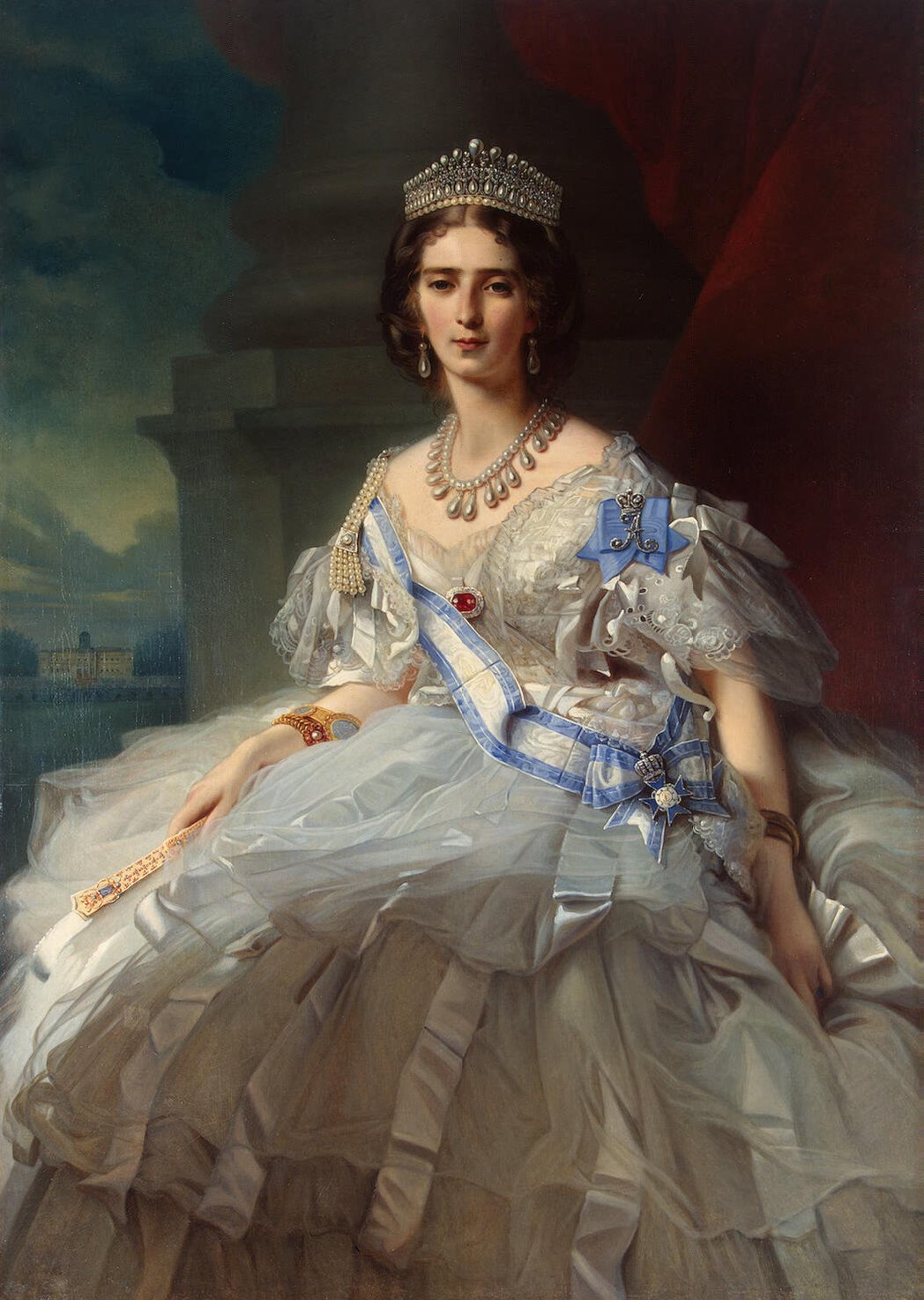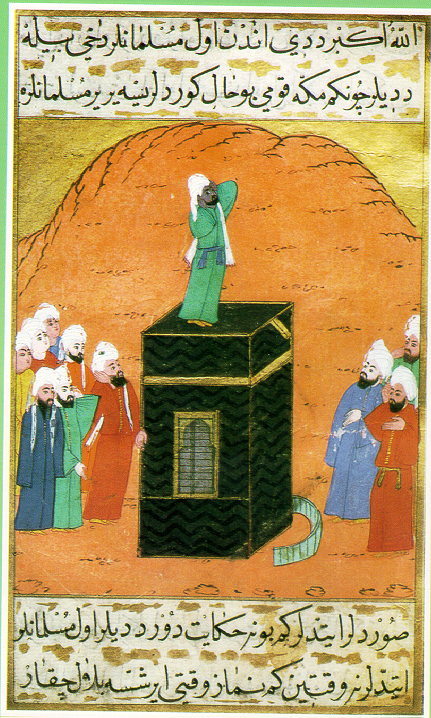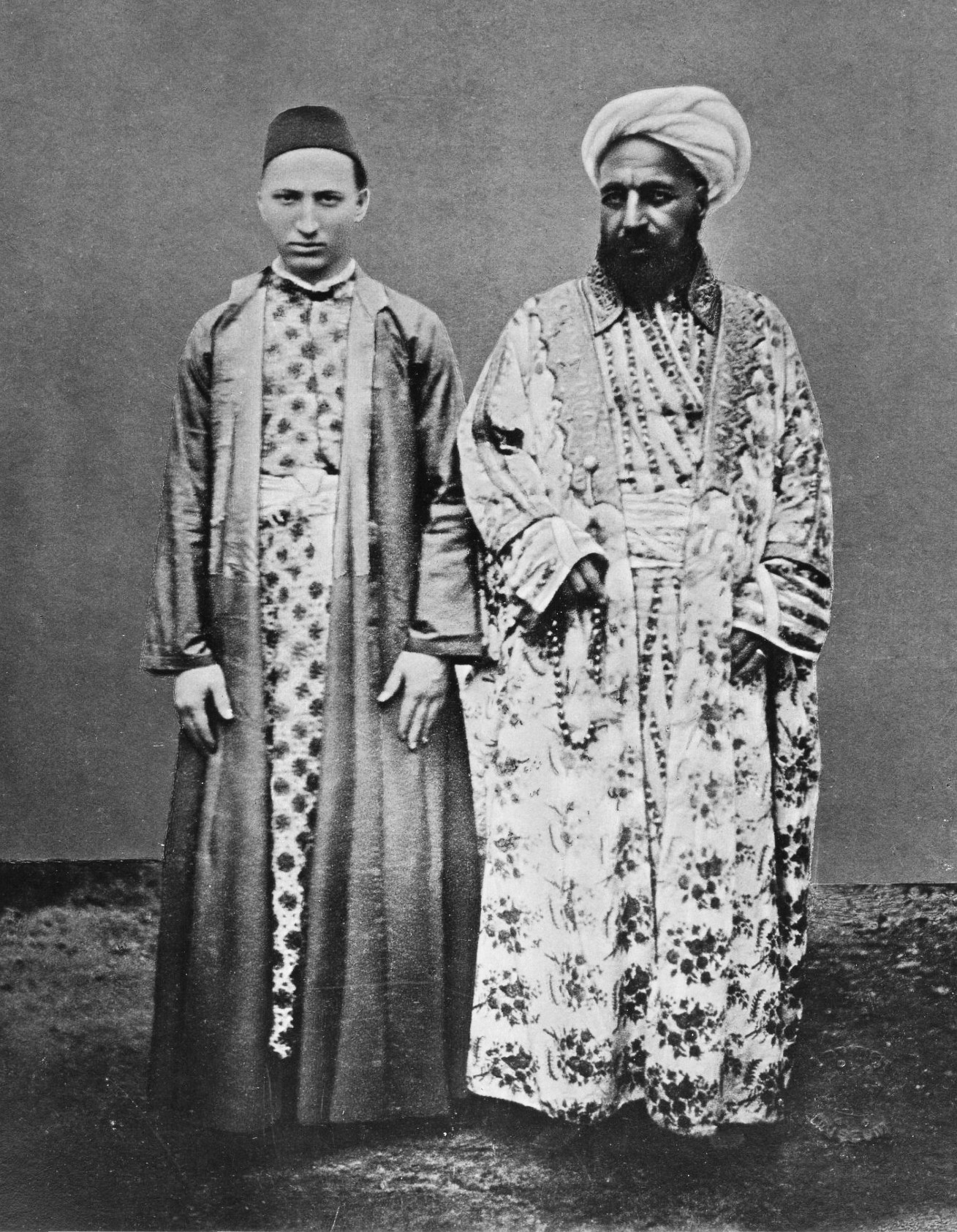|
Cariye
Cariye (, "Jariya") was a title and term used for category of enslaved women concubines in the Islamic world of the Middle East.Junius P. Rodriguez: Slavery in the Modern World: A History of Political, Social, and Economic' They are particularly known in history from the era of the Ottoman Empire, where they legally existed until the mid-19th century. History General meaning The general meaning of the term was a woman enslaved during warfare. This remained the formal definition of the term in the Islamic world. The rights of the enslaved woman was regulated within Islamic law. The enslavement of women was permitted only during warfare of a war deemed "just"; that is, a war against non-Muslims. Only a non-Muslim woman could be enslaved during warfare, as Islam banned Muslims from enslaving other Muslims.Madeline Zilfi: Women and Slavery in the Late Ottoman Empire: The Design of Difference' In Islamic law, the enslavement of a woman was the only case in which concubinage was l ... [...More Info...] [...Related Items...] OR: [Wikipedia] [Google] [Baidu] |
Ottoman Imperial Harem
The Imperial Harem ( ota, حرم همايون, ) of the Ottoman Empire was the Ottoman sultan's harem – composed of the wives, servants (both female slaves and eunuchs), female relatives and the sultan's concubines – occupying a secluded portion (seraglio) of the Ottoman imperial household. This institution played an important social function within the Ottoman court, and wielded considerable political authority in Ottoman affairs, especially during the long period known as the Sultanate of Women (approximately 1533 to 1656). Multiple historians claim that the sultan was frequently lobbied by harem members of different ethnic or religious backgrounds to influence the geography of the Ottoman wars of conquest. The utmost authority in the Imperial Harem, the valide sultan, ruled over the other women in the household; the consorts of the sultan were normally of slave origin, and thus were also his mother, the valide sultan. The Kizlar Agha (, also known as the "Chief Black ... [...More Info...] [...Related Items...] OR: [Wikipedia] [Google] [Baidu] |
Lady-in-waiting
A lady-in-waiting or court lady is a female personal assistant at a court, attending on a royal woman or a high-ranking noblewoman. Historically, in Europe, a lady-in-waiting was often a noblewoman but of lower rank than the woman to whom she attended. Although she may either have received a retainer or may not have received compensation for the service she rendered, a lady-in-waiting was considered more of a secretary, courtier, or companion to her mistress than a servant. In other parts of the world, the lady-in-waiting, often referred to as ''palace woman'', was in practice a servant or a slave rather than a high-ranking woman, but still had about the same tasks, functioning as companion and secretary to her mistress. In courts where polygamy was practised, a court lady was formally available to the monarch for sexual services, and she could become his wife, consort, courtesan, or concubine. ''Lady-in-waiting'' or ''court lady'' is often a generic term for women whose r ... [...More Info...] [...Related Items...] OR: [Wikipedia] [Google] [Baidu] |
Ikbal (title)
Ikbal ( ota, اقبال) was the title given to the imperial consort of the sultan of the Ottoman Empire, who came below the rank of ''kadın''. Etymology The word () is an Arabic word, which means good fortune, or lucky. Historians have translated it either 'fortunate one' or 'favorite'. Ranks and titles An was a titled consort, and recognised as such by the sultan. The number of s varied. They were ranked as ('senior , senior favourite, senior fortunate one'), ('second , second favourite, second fortunate one'), ('third , third favourite, third fortunate one'), ('fourth , fourth favourite, fourth fortunate one'), and so on, according to the order in which they had caught the sultan's eye, and elevated to that position. The s usually held the prefix titles of ('honest, virtuous'), and ('the virtuous'), and the suffix titles of , , and . Status Eighteenth century The rank first appeared toward the end of the seventeenth century, during the reign of Sultan Mustafa II ( ... [...More Info...] [...Related Items...] OR: [Wikipedia] [Google] [Baidu] |
What Your Right Hands Possess
Islamic views on slavery represent a complex and multifaceted body of Islamic thought,Brockopp, Jonathan E., “Slaves and Slavery”, in: Encyclopaedia of the Qurʾān, General Editor: Jane Dammen McAuliffe, Georgetown University, Washington DC. with various Islamic groups or thinkers espousing views on the matter which have been radically different throughout history.Lewis 1994 Slavery was a mainstay of life in pre-Islamic Arabia and surrounding lands. The Quran and the ''hadith'' (sayings of Muhammad) address slavery extensively, assuming its existence as part of society but viewing it as an exceptional condition and restricting its scope.Brunschvig. 'Abd; ''Encyclopedia of Islam'' Early Islamic dogma forbade enslavement of free members of Islamic society, including non-Muslims (''dhimmis''), and set out to regulate and improve the conditions of human bondage. Islamic law regarded as legal slaves only those non-Muslims who were imprisoned or bought beyond the borders of Islami ... [...More Info...] [...Related Items...] OR: [Wikipedia] [Google] [Baidu] |
Jariya
Jarya, also called jariyah and jawaris, was a term for a certain type of slave girl in the medieval Islamic world. They were "slaves for pleasure" (muṭʿa, ladhdha) or “slave-girls for sexual intercourse” (jawārī al-waṭ), who had received special training in artistic skills. In contrast to the Qiyan, however, they normally did not perform for other men than the man in whose harem they were placed. History The slave category and of the Jarya - similar to the qiyan - rose to fame during the Abbasid Caliphate era, possibly because free Arab women became more and more secluded from society during this time period. They were acquired from the slave market or captured as war booty. The term were applied to such slave girls who, by instruction or self education, acquired a great knowledge of artistic skills and intellectual knowledge by which they could entertain a man, rather than by sexuality and physical beauty. They could study issues from music and poetry to religion, hist ... [...More Info...] [...Related Items...] OR: [Wikipedia] [Google] [Baidu] |
White Slave Trade
White slavery (also white slave trade or white slave trafficking) refers to the slavery of Europeans, whether by non-Europeans (such as West Asians and North Africans), or by other Europeans (for example naval galley slaves or the Vikings' thralls). Slaves of European origin were present in ancient Rome and the Ottoman Empire. Many different types of white people were enslaved. On the European continent under feudalism, there were various forms of status applying to people (such as serf, bordar, villein, vagabond and slave) who were indentured or forced to labor without pay. Under Muslim rule, the Arab slave trades that included Caucasian captives were often fueled by raids into European territories or were taken as children in the form of a blood tax from the families of citizens of conquered territories to serve the empire for a variety of functions. In the mid-19th century, the term 'white slavery' was used to describe the Christian slaves that were sold into the Barbary ... [...More Info...] [...Related Items...] OR: [Wikipedia] [Google] [Baidu] |
List Of Ottoman Titles And Appellations
This is a list of titles and appellations used in the Ottoman Empire. In place of surnames, Muslims in the Empire carried titles such as "Sultan", "Pasha", "Hoca", "Bey", " Hanım", "Efendi", etc. These titles either defined their formal profession (such as Pasha, Hoca, etc.) or their informal status within the society (such as Bey, Hanım, Efendi, etc.). Later, family surnames were made mandatory in Turkey by the 1934 Surname Law. Usage by Ottoman royalty The sovereigns' main titles were Sultan, Padishah (Emperor) and Khan; which were of Arabic, Persian and Turkish/Mongolian origin, respectively. His full style was the result of a long historical accumulation of titles expressing the empire's rights and claims as successor to the various states it annexed or subdued. Beside these imperial titles, Caesar of Rome was among the important titles claimed by Sultan Mehmed II after the conquest of Constantinople. The title sultan (), originally meaning "authority" or "dominion", used i ... [...More Info...] [...Related Items...] OR: [Wikipedia] [Google] [Baidu] |
Ottoman Court
Ottoman court was the culture that evolved around the court of the Ottoman Empire. Ottoman court was held at the Topkapı Palace in Constantinople where the sultan was served by an army of pages and scholars. Some served in the Treasury and the Armoury, maintaining the sultan's treasures and weapons. There was also a branch of servants that were said to serve the Chamber of Campaign, i.e. they accompanied the sultan and his court while on campaign. The best of the pages were chosen to serve the sultan in person. One was responsible for the sultan's clothing, one served him with drinks, one carried his weaponry, one helped him mount his horse, one was responsible for making his turban and a barber shaved the sultan every day. At the palace served also a great number of stewards who carried food, water and wood throughout the palace and lit the fireplaces and braziers. Doorkeepers (''Kapıcı'') numbered several hundreds and were responsible for opening the doors throughout the ent ... [...More Info...] [...Related Items...] OR: [Wikipedia] [Google] [Baidu] |
History Of Concubinage In The Muslim World
The history of concubinage in the Muslim world encompassed the practice of a men living with a woman without marriage, where the woman was a slave, though sometimes free. If the concubine gave birth to a child, she attained a higher status known as Umm walad. The sexual exploitation of slaves by their owners was a common practice in the Ancient Near East and Mediterranean societies, and had persisted among the three Abrahamic religions, with distinct legal differences, since antiquity. Islamic law has traditionalist and modern interpretations: the former allowed men to have sexual relations with their female slaves, while most modern Muslims do not consider slave concubinage to be acceptable in the modern world. Concubinage was widely practiced by the Umayyads, Abbasids, Mamluks, Ottomans, Timurids and Mughals. The practice declined with the abolition of slavery. Characteristics Classifications of concubinage often define practices in Islamic societies as a distinct va ... [...More Info...] [...Related Items...] OR: [Wikipedia] [Google] [Baidu] |
Kadın (title)
Kadın ( ota, قادین) was the title given to the imperial consort of the Sultan of the Ottoman Empire towards the beginning of the seventeenth century. The title came into official usage at the end of the century, and remained in usage until the nineteenth and twentieth centuries. Ranks and titles A was a titled consort, and recognised as such by the Sultan. The sultans usually had four s, although they might have more over a lifetime, because from time to time, one would die or be retired to the Old Palace, or were divorced. They were ranked as (senior , senior consort), (second , second consort), (third , third consort), (fourth , fourth consort), and so on, in order of their elevation to that position. The s usually held the prefix titles of ('illustrious', 'highness'), ('the virtuous'), ('honest', 'virtuous'), ('prosperous', 'felicitous'), and ('gracious'), and the suffix titles of ('her ladyship'), and ('highness'). Status and promotion The s were chosen from ... [...More Info...] [...Related Items...] OR: [Wikipedia] [Google] [Baidu] |
Ottoman Sultans' Concubines
This is a list of Consorts of the Ottoman sultans, the wives and concubines of the monarchs of the Ottoman Empire who ruled over the transcontinental empire from its inception in 1299 to its dissolution in 1922. Honorific and titles Hatun Hatun ( ota, خاتون) was used as an honorific for women in the Ottoman period, roughly equivalent to the English term ''Lady''. The term was being used for the Ottoman sultan's consorts. When the son of one of the consorts ascended the throne she became ''Valide Hatun'' (Mother of Sultan). Sultan Sultan (سلطان) is a word of Arabic origin, originally meaning "authority" or "dominion". By the beginning of the 16th century, the title of sultan, carried by both men and women of the Ottoman dynasty, was replacing other titles by which prominent members of the imperial family had been known (notably ''hatun'' for women and ''bey'' for men), with imperial women carrying the title of "Sultan" after their given names. Consequently, the tit ... [...More Info...] [...Related Items...] OR: [Wikipedia] [Google] [Baidu] |
Rape In Islamic Law
In Islam, human sexuality is governed by Islamic law (Sharia). Accordingly, sexual violation is regarded as a violation of moral and divine law. Islam divides claims of sexual violation into 'divine rights' (''huquq Allah'') and 'interpersonal rights' (''huquq al-'ibad''): the former requiring divine punishment (''hadd'' penalties) and the latter belonging to the more flexible human realm. Rape is considered a serious sexual crime in Islam. In Islam, rape is called Zina Al-Zibr or Ightisab, and it falls under the rules of Hirabah. Classical Islamic law (''Shari'a'') regarded the crime of sexual violation as a coercive zina, and therefore a hadd offence. There is also a lack of recognition of marital rape by mainstream jurists. The consent of a slave for sex, for withdrawal before ejaculation ( azl) or to marry her off to someone else was not considered necessary, historically. As with enslaved females, according to Islamic law, married women are required to oblige their husbands' s ... [...More Info...] [...Related Items...] OR: [Wikipedia] [Google] [Baidu] |
.jpg)




